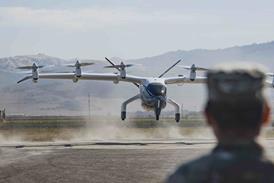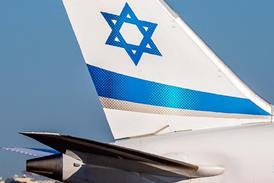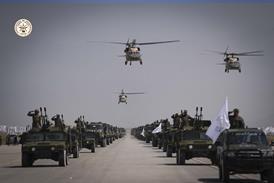DASSAULT AVIATION has re-organised its design and development centre at its Paris St Cloud base in a move aimed at preparing the company for potential alliances in the civil and military fields.
Virtually all of Dassault's computer-aided design (CAD) activities have been grouped at St Cloud, and divided into three technical directorates: systems, aircraft and digital. The latter category reflects the company's leadership in the development and export of computer-aided design and manufacturing (CAD/CAM) systems.
"We wanted to strengthen and integrate better our design capability," says Dassault Aviation engineering vice president Bruno Revellin-Falcoz. "We have been through a major evolution in the last two years, particularly in our relationship with subcontractors."
Major subcontractors, such as Labinal, along with universities and research centres in France and abroad, are now linked to Dassault through the company's Catia CAD/CAM system.
In December 1985, Dassault and British Aerospace agreed to create a joint research centre (Flight International, 20-December, 1995-2 January), initially aimed at developing future combat aircraft, but which is being seen as the beginning of a much wider co-operation.
Revellin-Falcoz says that the two companies are already working to ensure software compatibility, and that they are developing a common database for future projects. A joint company covering the research centre, is expected to be set up, later this year.
Revellin-Falcoz reveals that Dassault Aviation's sales for 1995 were around Fr11.6 billion ($2.3 billion), down from Fr12.6 billion in 1994, while orders stood at Fr14 billion against Fr18 billion in 1994. "We have reached the low point," he says, predicting that "...during the next three years, our performance will improve".
Source: Flight International




















